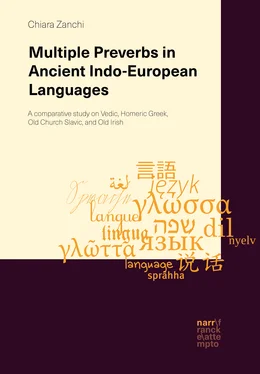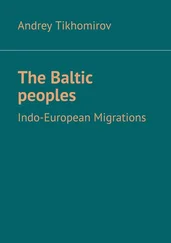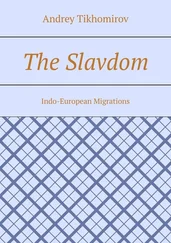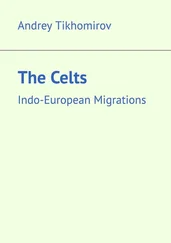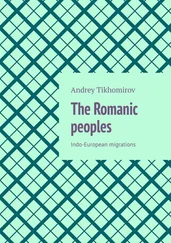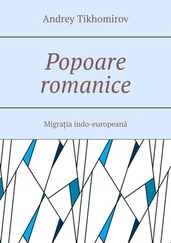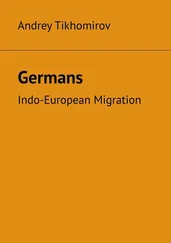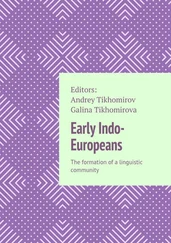The two main values of aspect are what we call perfective ( John sang a song ) and imperfective ( John was singing a song ) aspects. On the one hand, perfective aspect implies a global, complete, and external viewpoint upon the event, including its starting point, its carrying out, and most importantly its endpoint. On the other hand, imperfective aspect presupposes an internal viewpoint upon the event, in which an open window is profiled only, without any additional information on its temporal boundaries (e.g. Comrie 1976; Bertinetto 1986). Among tenses, the present is usually regarded as inherently imperfective (i.e. ongoing), see Comrie (1976).1
The main instantiations of the imperfective are the progressive ( John is singing ) and the habitual ( John sings every Wednesday night ) aspects. The two values are distinct, but can co-occur in the same sentence, as in John used to be writing poems (Comrie 1976: 33): any single occurrence of a certain situation contributes to building the progressive aspect, whereas the sum of all these occurrences is conceptualized as habitual. Other scholars identified further language-specific values for the imperfective, including the so-called “continue” (cf. Bertinetto 1986: 172ff. on Italian), the “continuative” (cf. Bybee, Perkins & Pagliuca 1994: 127 on English), and the “non-progressive continuative” aspects (cf. Comrie 1976: 35 on English).
In traditional descriptions, actionality or lexical aspect has a semantic nature, and is defined as the internal temporal structure of a state of affairs denoted by verbs, regardless of speakers’ view on the said state of affairs. As actionality is inherently associated with verbal roots, verbs denoting different states of affairs can be grouped together based on actionality. Building on Vendler’s (1957) traditional proposal displayed in Table 2, based on the actional traits of durativity, dynamicity, and homogeneity (or telicity), different scholars later refined his classification, taking into account several semantic criteria and syntactic tests (e.g. Bertinetto 1986; Botne 2003; Croft 2012; Bertinetto & Civardi 2015).2
|
DURATIVE |
DYNAMIC |
HOMOGENOUS (ATELIC) |
EXAMPLE |
| State |
+ |
– |
+ |
John standsstill |
| Activity |
+ |
+ |
+ |
John walks |
| Achievement |
– |
+ |
– |
John heardthe news |
| Accomplishment |
+ |
+ |
– |
John atethe apple |
Tab. 2: Vendler’s (1957) actional classes
Thus, the notions of aspect and actionality are well distinguished from one another at a theoretical level. However, when it comes to the empirical analysis, bidimensional approaches often encounter difficulties, which highlight the deep interplay of the two domains (cf. Tatevosov 2002). To begin with, depending on the construction in which they occur, verbs can instantiate different actional classes, a behavior that Bertinetto (1986) calls ‘aspectual hybridism’:
1 John sings (ACTIVITY) vs. John sang a song (ACCOMPLISHMENT).
As shown in (9), the addition of an event participant can turn an atelic activity into a telic accomplishment (cf. also Dowty 1979: 61). For this reason, a number of authors suggested ascribing the trait of telicity to verbal phrases, and not simply to verbs, thus treating telicity as a compositional phenomenon (cf. Dowty 1979; Hinrichs 1985; Verkuyl 1972, 1993, 2005).
Furthermore, specific features of event participants can also contribute to building actionality, though in principle it should be stored in the lexicon:
1 John sang a song (ACCOMPLISHMENT) vs. John sang songs (ACTIVITY).
The examples in (10) show that the actional value is determined by the verbal objects: when they are numerable and specific, the actionality is telic; however, indefinite plurals and mass nouns are not able to change an activity into a telic predicate (in other languages, such as Hungarian, this distinction is expressed morphologically, via accusative-genitive alternation; cf. Heinämäki 1984).
Finally, non-homogeneity and telicity are almost exclusively realized in perfective contexts (cf. the discussion on the “Slavic-style aspect” in Chapter 6). This is what Bertinetto (2001) calls the “telicity paradox”:
1 John drew a circle (TELIC) vs. John was drawing a circle (ATELIC).
Overall, examples from (9) to (11) illustrate that the clear-cut distinction drawn by the proponents of bidimensional approaches between the categories of aspect and actionality is not easy to maintain, as it largely relies on non-trivial theoretical assumptions. First, the categorial distinction between aspect and actionality mirrors a more general separation between the grammar and the lexicon, which has been called into question by Cognitive Grammar and grammaticalization theory (cf. Sections 2.1 and 2.2). Second, though Vendler’s classification in Table 2 is often regarded as cross-linguistically valid, typological studies have shown that this is not always the case (cf. Tatevosov 2002; Botne 2003).
2.3.2.3. Telicity and transitivity
The aspectual notion of telicity is connected with prototypical transitivity. Traditionally speaking, transitivity is understood as a global transfer of an activity from an Agent to a Patient, carrying out a number of effects on the Patient. Dating from the work by Hopper & Thompson (1980), this traditional notion of transitivity has been analyzed into the various parameters displayed in Table 3. The higher the degree reached by each parameter in Table 3, the higher or the more prototypical is the transitivity of a certain sentence.
| TRANSITIVITY |
|
HIGH |
LOW |
| (A) PARTICIPANTS |
2 or more participants, A and O |
1 participant |
| (B) KINESIS |
action |
non-action |
| (C) ASPECT (ACTIONALITY) |
telic |
atelic |
| (D) PUNCTUALITY |
punctual |
non-punctual |
| (E) VOLITIONALITY |
volitional |
non-volitional |
| (F) AFFIRMATION |
affirmative |
negative |
| (G) MODE |
realis |
irrealis |
| (H) AGENCY |
A high in potency |
A low in potency |
| (I) AFFECTEDNESS OF O |
O totally affected |
O not affected |
| (J) INDIVIDUATION OF O |
O highly individuated |
O non-individuated |
Tab. 3: Hopper & Thompson’s parameters of transitivity (adapted from Hopper & Thompson 1980: 252)2
Among such parameters, telicity (parameter (c), highlighted in grey in Table 3) also plays a role, which is explained in the following terms: “An action viewed from its endpoint, i.e. a telic action, is more effectively transferred to a Patient than one not provided with such an endpoint. In the telic sentence I ate up , the activity is viewed as completed, and the transferral is carried out in its entirety; but in the atelic I am eating it , the transferral is only partially carried out” (Hopper & Thompson 1980: 252). In addition, with telic predicates, given the entirety of transferral, the object is also strongly affected (parameter (i)), and individuated (parameter (j)). Both completeness and individuation in turn contribute to linking telicity and transitivity with topicality, as argued in Viti (2008a, 2008b). This linkage is crucial to account for the pragmatic properties of and the grammaticalization undergone by ancient Indo-European preverbs, which find a thorough general discussion in Chapter 3, language-specific treatments in Chapters from 4 to 7, and a summary in Chapter 8.
Читать дальше
